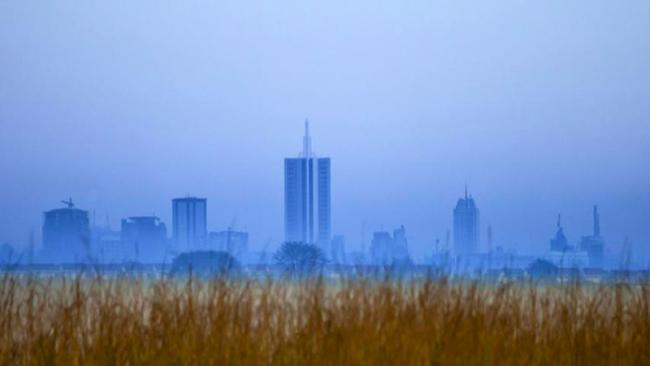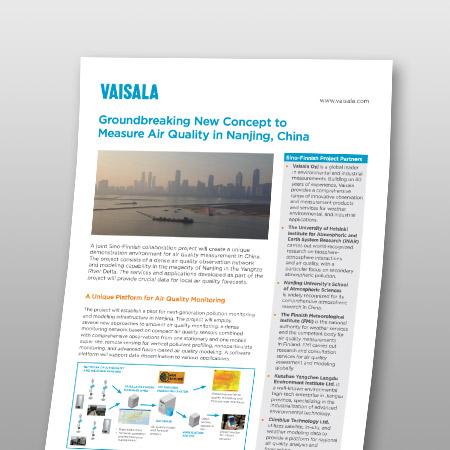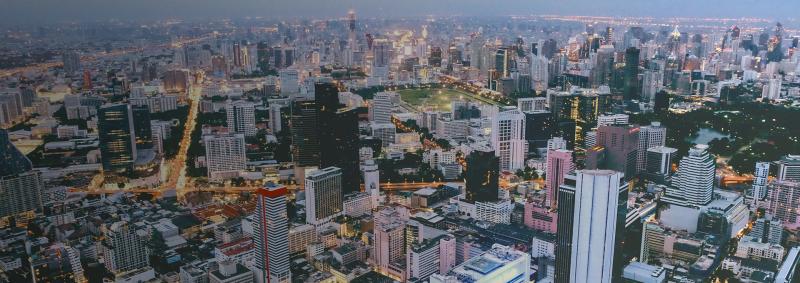
Dense Air Quality Sensor Networks
WORLD POPULATION LIVING BELOW ACCEPTABLE AIR QUALITY
GLOBAL ECONOMIC LOSSES DUE TO AIR POLLUTION
MONTHS OF REDUCED LIFE EXPECTANCY BY FINE PARTICULATE MATTER IN EU

Complement Existing Measurement Tools with Compact Air Quality Sensors
Currently available reference-grade air quality monitoring stations provide accurate data, but the networks are sparse. Vaisala’s dense network technology makes it possible to complement the existing measurements with compact air quality sensors.
Easy to install on lamp poles, streetlights, or other city infrastructure, these sensors make it economically feasible to construct dense supplementary air quality networks of sensors in a smart city.
By combining the dense air quality measurement data with modern modeling tools, public authorities and the private sector can access high-resolution air quality data for forecasting, benefiting cities and ultimately public health. Specifically, significant gains are made in the following areas:
- Health: Clean air routing alerts and avoiding local hotspots of particulate matter and toxic gases drive down the exposure to poor air quality.
- Traffic: Monitoring e.g. PM2.5 and N02 to verify the effectiveness of clean air zones. Re-routing traffic to limit and prevent creation of local traffic hotspots and street dust (PM10).
- Public awareness: Sharing air quality index, route finder and other services for public.
- Infrastructure: Air filtering and indoor air quality in large residential, office and public complexes can be optimized by taking into account local air quality.

Learn How Dense Air Quality Networks Work with Smart Cities
Ask us about the big picture. Learn how Vaisala provides better air quality measurement in order to facilitate smart decisions around better health, traffic, and infrastructure.
Products and Systems
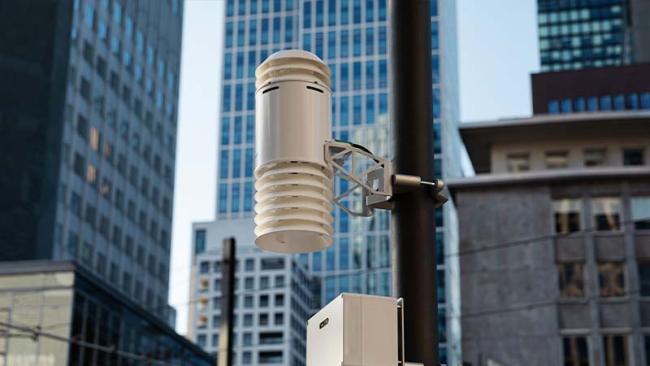
Air Quality Transmitter AQT530
Air Quality Transmitter AQT530 provides best-in-class accuracy, simple deployment, easy integrations, and reliability over a long service life.

Weather Transmitter WXT530 Series

Observation Network Manager NM10
Resources
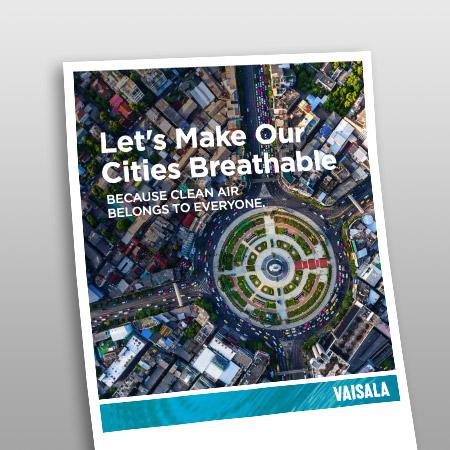
Let's make our cities more breathable
Making cities more breathable starts by measuring, analyzing, and understanding air pollution data.

Time for the EU to move to active management of air quality
Learn more how the EU Commission has been reviewing rules for controlling air quality to see whether the current framework still fits.

Air quality sensors and modelling draw audiences in Peru
Discover the latest technology and advancement in tools for air quality management discussed in Peru.
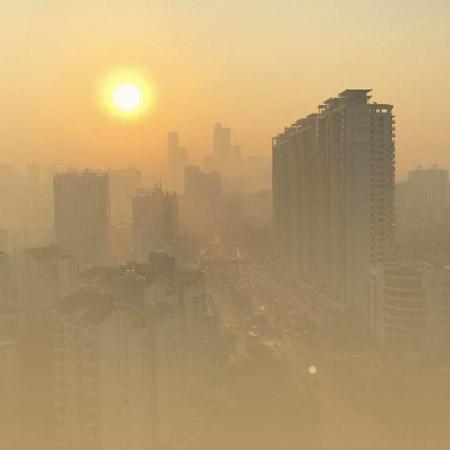
From measuring to managing air quality
Explore how wind maps and remote sensing help with better understanding of atmospheric conditions and pollutant dispersion.

Smoke particulates from California wildfires travel to Europe
Understand how ceilometers and other remote-sensing weather instruments detect these far traveling emissions.

Weather and Environment Solutions for Smart Cities
Learn how to improve air quality, operate smarter, and be more environmentally aware.
Success Stories

Studying Air Quality in Nanjing
